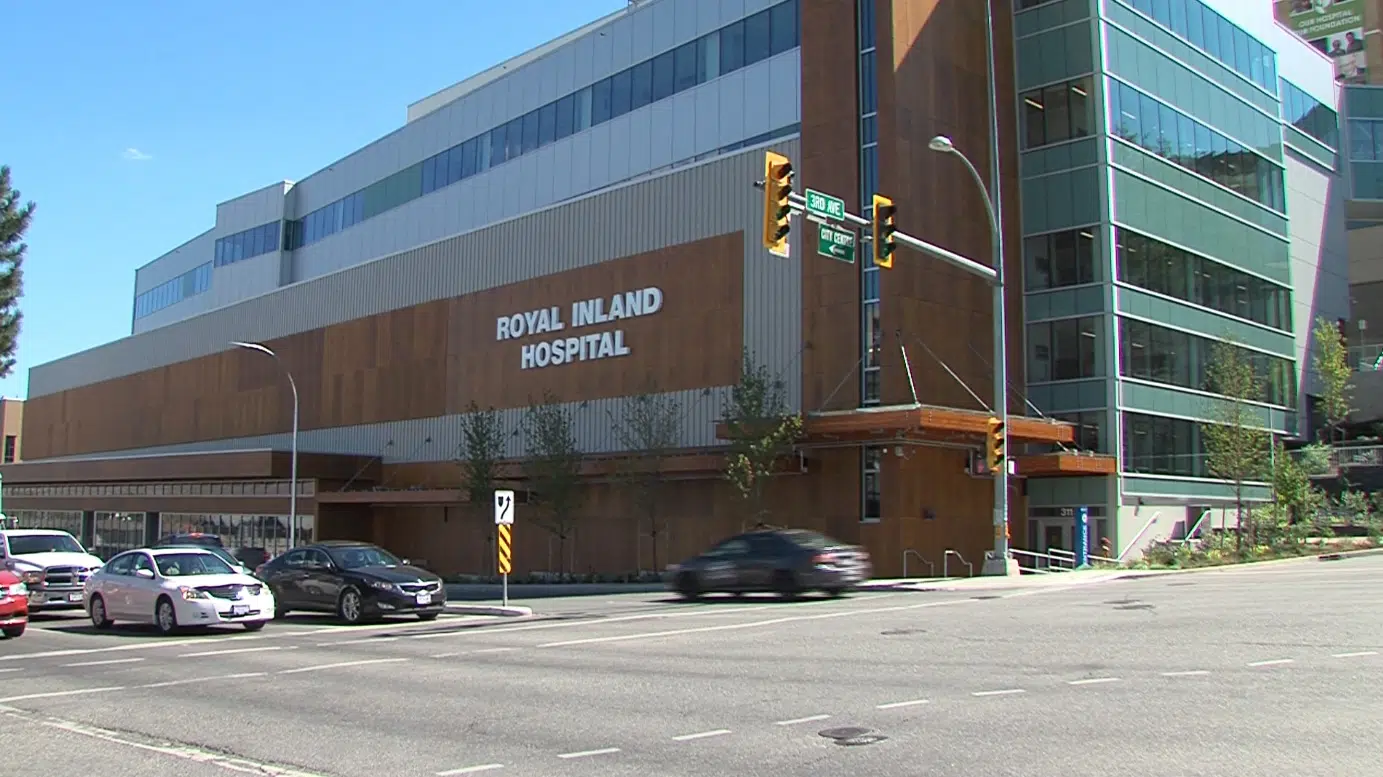
ER Protocols at RIH need a second look
KAMLOOPS — The recent death of a long-time Kamloops doctor in the emergency department waiting room at Royal Inland Hospital has prompted much discussion. Doctor Rajinder Joneja passed away after an initial assessment, but while waiting to get into the ER proper. An investigation has found that all the protocols were followed and that no one was to blame for the doctor’s death. And that’s good news. Doesn’t make the situation any better for the doctor’s family, nor for the staff who had to deal with the situation. But perhaps the real question shouldn’t be whether the protocols were followed, but whether or not they were the right protocols. The way things are in the ER right now, you could die before the triage nurse even gets a chance to see you, let alone determine how quickly you should receive treatment. I’m not a doctor, but I certainly understand the system well, and I think there are some changes that should be considered. You get to the ER and the first thing you do is stand in a god-awful long lineup that on a busy night, can reach 20 people or more. You have to wait until it’s your turn to get to the triage nurse. She’s pretty much on her own, or at least seems to be most of the time. She takes an initial report, takes your blood pressure and then passes you on to someone else, who puts a little bracelet on your arm and sends you back out to the waiting room, to wait until you are called into the ward. My understanding is that this is where in the system Dr. Joneja was when he passed away. If all the protocols were followed to this stage, that’s good news. But my concern is the protocol that happens even before that. In that long lineup of 20 people, no one has really any time to check and determine if any of those people are in distress. To have to stand for an hour or an hour and a half to get an initial assessment just isn’t good enough. People can be dizzy, they can be suffering from high blood pressure, anything could be happening. They could be having a heart attack, but they just have to wait their turn. I remember not too long ago, and I know it happens in other hospitals because I’ve checked, someone detached from the triage desk will check the conditions of those in line to determine if someone has to be bumped up the line because of their illness. Remember that with so many people not having a family doctor, many people come to the ER with relatively minor issues. So someone needs to make that determination. There used to be a sign in the ER that said “if you are in a state of distress and need immediate care, please let the triage nurse know.” That sign is no longer there. And you’d have to be pretty desperate to knock at that glass window and disrupt the flow. That nurse is going like crazy trying to keep up with an endless flow of people. It’s an impossible task.
So let’s sit down with staff, with doctors, with nurses, with those in control of the purse strings, and see what needs to be done to ensure we are doing everything we can to preserve the health of those who come into the ER. This is not a time to play politics, to find fault, it’s a time to determine whether we could put better procedures in place that might prevent these kinds of tragedies. If it’s a case of money, then we have to find it. How do we assess patients more quickly. To me, it’s not a case of what happens after you get called into the ward, because those people are very, very good at what they do. And the triage nurses are, in my humble opinion, very, very good at what they do. But would the addition of another nurse in triage help? I don’t know. But the discussion needs to be held, and it has to be transparent. It has to be frank, and everyone involved needs a say. There isn’t enough money to eliminate or even substantially reduce lineups in emergency department waiting rooms. That’s not the point. But when you have to go to Emergency, you need to feel that you are in an environment that will protect you as best it can from a deterioration of your condition. We might not be at that point right now.


